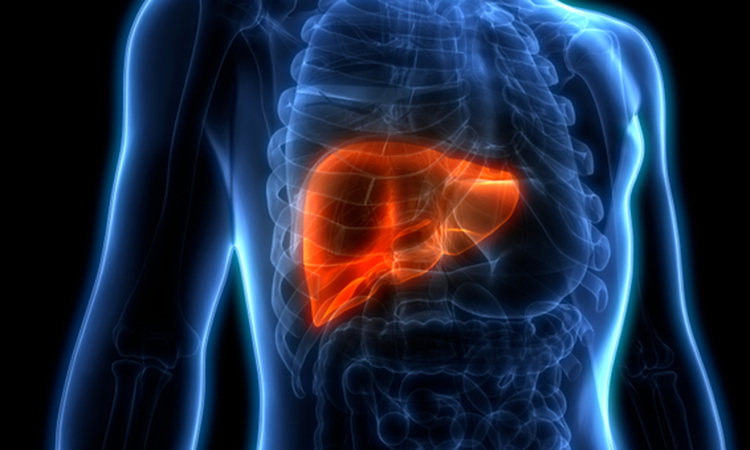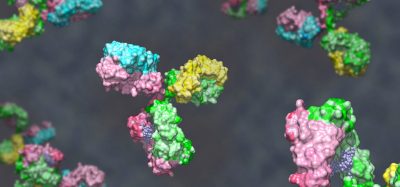Finding the fundamental pathway in ALD pathogenesis
Posted: 17 January 2024 | Drug Target Review | No comments yet
Liver-specific knockdown of TRPC3 enhanced alcohol’s inhibitory effect on AMPK through a mechanism of Ca2+-dependent CaMKK2 activation.


Researchers from Zhejiang University, the Johns Hopkins University School of Medicine and the University of Illinois at Chicago have discovered the key pathway in ALD pathogenesis.
Alcohol-associated liver disease (ALD) is associated with excessive alcohol intake. In ALD, the impairment of Ca2+ influx and Ca2+-mediated signalling implies that Ca2+ channels are influential in ALD pathological progression.
Transient receptor potential cation channel protein C (TRPC) is an evolutionarily conserved non-selective cation channel protein primarily located in the cell membrane with six transmembrane segments.
Four TRPC subfamilies have been identified and classified as TRPC1, TRPC2, TRPC4/5, and TRPC3/6/7. TRPC3 is the most well-studied member of TRPC, and it is frequently expressed in both excitable and nonexcitable cells. TRPC3 maintains cell survival by controlling Ca2+ inflow, stopping apoptosis induced by various stimuli, and promoting immune responses. Despite this, the role of hepatic TRPC3 in ALD pathology remained unknown.
The team discovered that TRPC3 was greatly reduced in the liver tissues of ALD individuals and ALD mice, which were fed a Lieber-De Carli ethanol-containing liquid diet. Liver-specific knockdown of TRPC3 in mice drastically aggravated alcohol-induced hepatic injury, lipid deposition, inflammation, and fibrosis. However, liver-specific overexpression of TRPC3 restored chronic alcohol intake-induced hepatic injury, lipid deposition, inflammation, and fibrotic lesions.
Chronic alcohol consumption can inhibit hepatic AMP-activated protein kinase (AMPK), a core regulator of energy metabolism, although the link between alcohol exposure and AMPK inhibition in the liver was unclear.
In the present study, the researchers discovered that liver-specific knockdown of TRPC3 enhanced alcohol’s inhibitory effect on AMPK through a mechanism of Ca2+-dependent CaMKK2 activation. Bioinformatics analysis and experimental evidence demonstrated that miR-339-5p is an upstream regulator involved in TRPC3 reduction in ALD.
Also, antioxidant supplementation attenuated alcohol-induced reduction of TRPC3 in mouse liver, indicating that oxidative stress is an important factor in the regulation of miR-339-5p and TRPC3. Together, oxidative stress-induced miR-339-5p/TRPC3/Ca2+/CaMKK2-dependent AMPK inactivation is the fundamental pathological pathway in ALD pathogenesis.
This new understanding offers a possible application of TRPC3 as a therapeutic target for ALD.
This study was published in Life Metabolism.
Related topics
Bioinformatics, Drug Targets, Ion Channels, Kinases
Related conditions
Alcohol-associated liver disease (ALD)
Related organisations
Johns Hopkins University School of Medicine., University of Illinois at Chicago., Zhejiang University








